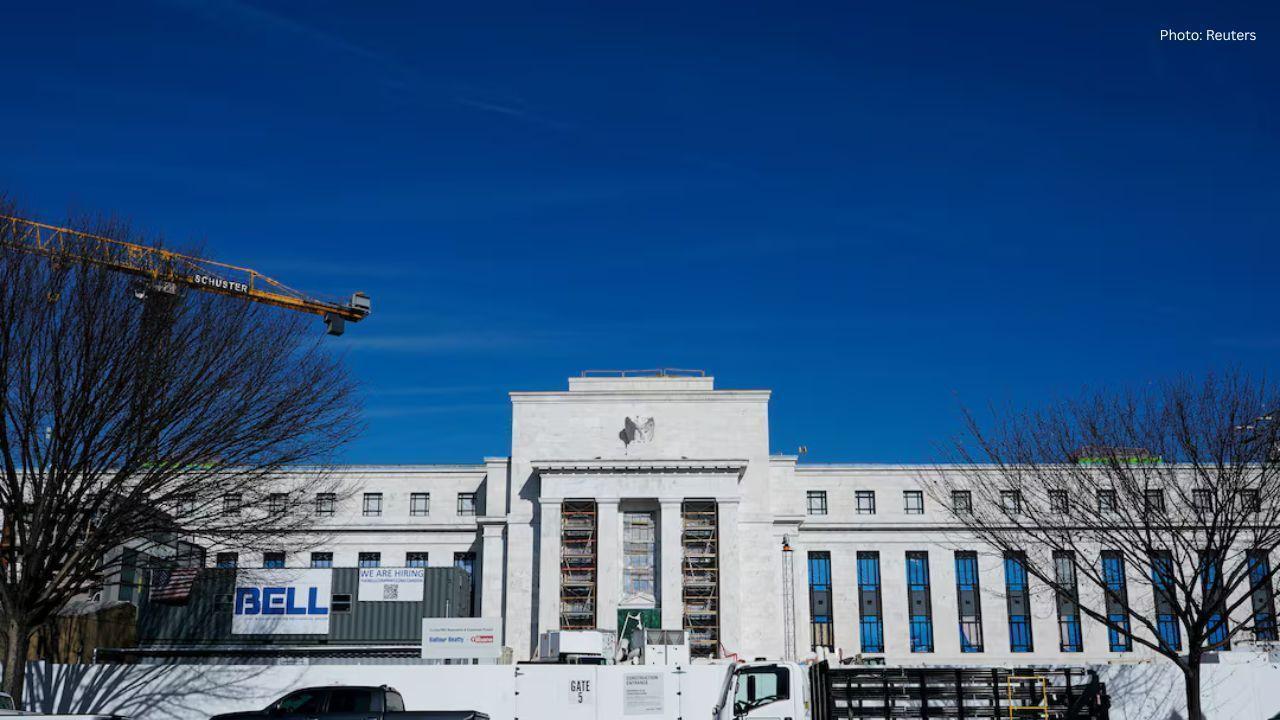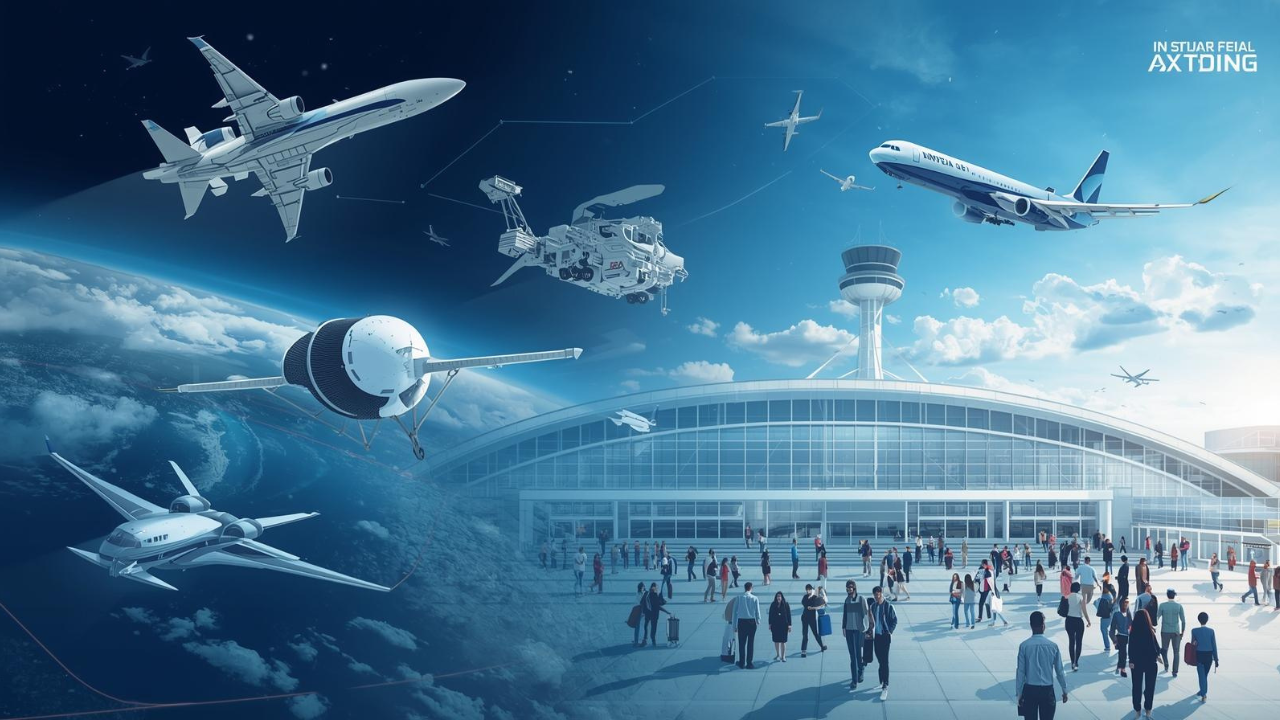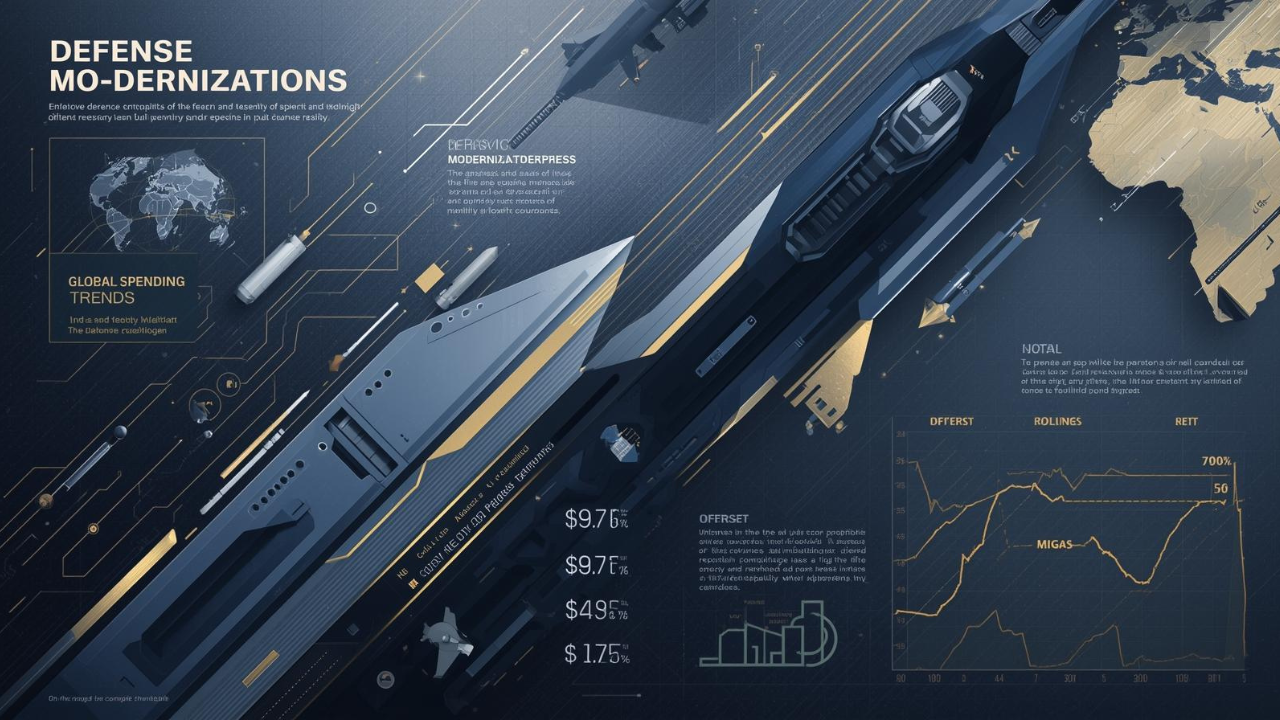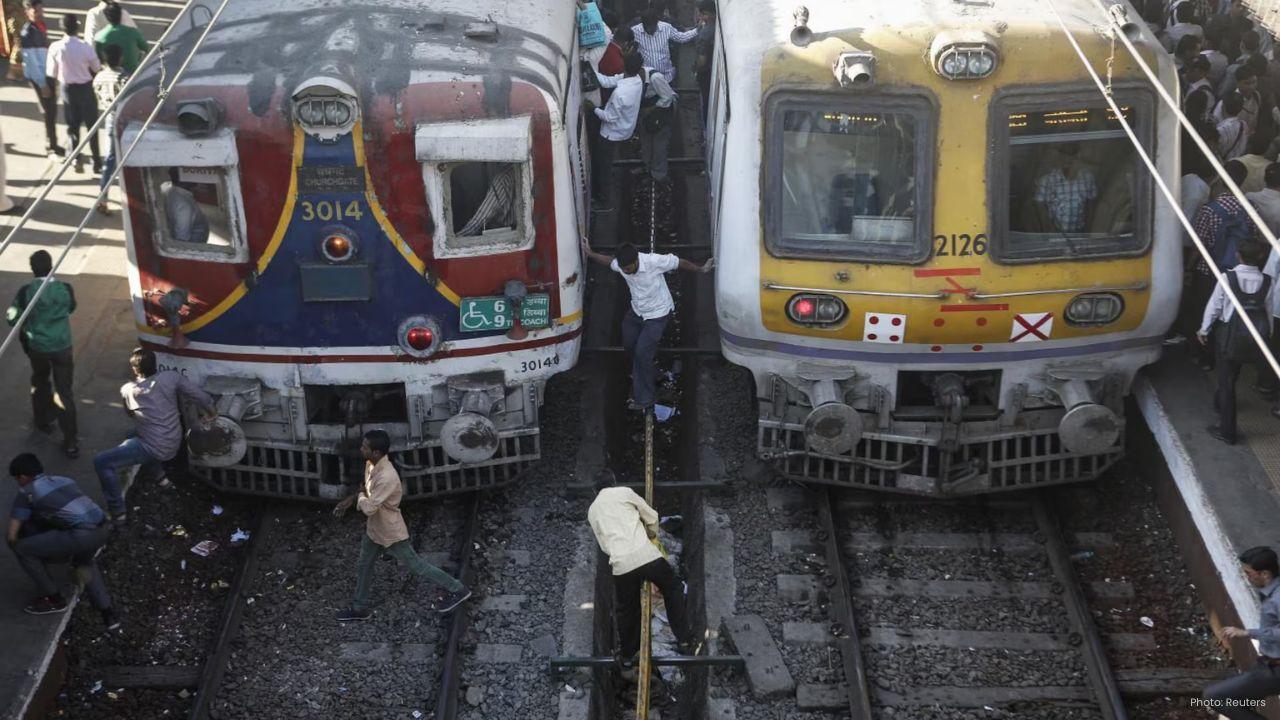
Post by : Amit
In the land that pioneered high-speed rail, Japan is once again rewriting the future of transportation. The world-famous Shinkansen may have ushered in a new era of rail travel back in 1964, but now, with the development of the Chuo Shinkansen Maglev project, Japan is preparing to leap into the next generation—where trains no longer roll, but float.
At the heart of this revolution is the SCMaglev (Superconducting Magnetic Levitation), a cutting-edge system developed by Central Japan Railway Company (JR Central). The technology enables trains to levitate a few centimeters above the track, using superconducting magnets to eliminate friction entirely. This allows the train to reach mind-blowing speeds of up to 500 km/h (311 mph), making it the fastest commercial train ever conceived.
The first phase of this ambitious project—the route between Tokyo and Nagoya—is designed to slash the current 100-minute journey down to just 40 minutes. That’s faster than most people can drive across a city during rush hour. When the line extends to Osaka, Japan’s commercial heartland, the entire route will transform one of the busiest travel corridors in the country, offering unmatched speed, comfort, and efficiency.
But the Maglev is more than just fast. It’s a masterpiece of sustainable engineering. Running entirely on electricity, it emits significantly less CO₂ than cars or airplanes, making it a powerful weapon in Japan’s fight against climate change. Its ultra-quiet operation and low-maintenance design further solidify its status as a next-generation solution—not just for Japan, but for the world.
Yet, such revolutionary technology doesn’t come without challenges. The Chuo Shinkansen requires extensive underground tunneling, particularly through Japan’s mountainous regions. This has led to construction delays, environmental reviews, and rising costs. Despite these hurdles, JR Central is unwavering in its vision, targeting the early 2030s for opening the Tokyo–Nagoya section.
Importantly, Japan’s maglev ambitions stretch beyond domestic borders. The SCMaglev system has drawn international attention, especially in the United States, where plans have been proposed for a similar high-speed corridor between Washington, D.C., and Baltimore—a project that could serve as America’s first step into ultra-high-speed rail.
As global cities grow more crowded, skies more congested, and carbon emissions more threatening, the need for clean, fast, and futuristic travel becomes undeniable. The Chuo Shinkansen is more than a train line—it’s a vision of how humans will move in the 21st century: floating above the earth at jet-like speeds, seamlessly connecting megacities, and proving that innovation and sustainability can ride on the same track.
In many ways, Japan’s maglev train captures the essence of progress: daring, disruptive, and driven by a belief that technology can lift society—literally and figuratively—to new heights.
japan, Bullet Train










Advances in Aerospace Technology and Commercial Aviation Recovery
Insights into breakthrough aerospace technologies and commercial aviation’s recovery amid 2025 chall

Defense Modernization and Strategic Spending Trends
Explore key trends in global defense modernization and strategic military spending shaping 2025 secu

Tens of Thousands Protest in Serbia on Anniversary of Deadly Roof Collapse
Tens of thousands in Novi Sad mark a year since a deadly station roof collapse that killed 16, prote

Canada PM Carney Apologizes to Trump Over Controversial Reagan Anti-Tariff Ad
Canadian PM Mark Carney apologized to President Trump over an Ontario anti-tariff ad quoting Reagan,

The ad that stirred a hornets nest, and made Canadian PM Carney say sorry to Trump
Canadian PM Mark Carney apologizes to US President Trump after a tariff-related ad causes diplomatic

Bengaluru-Mumbai Superfast Train Approved After 30-Year Wait
Railways approves new superfast train connecting Bengaluru and Mumbai, ending a 30-year demand, easi